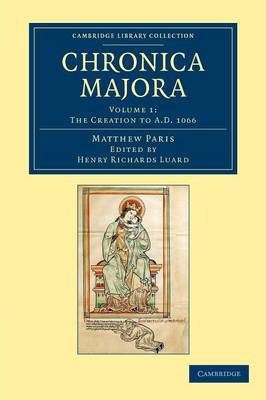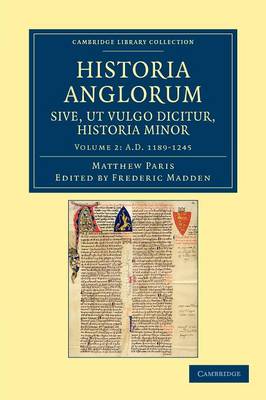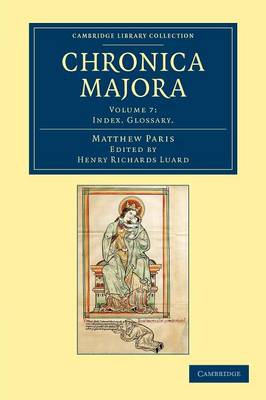Cambridge Library Collection - Rolls
6 primary works • 15 total works
Volume 1
Volume 2
Historia Anglorum sive, ut vulgo dicitur, Historia Minor
by Matthew Paris
Volume 3
Matthaei Parisiensis Chronica majora: Volume 6, Additamenta
by Matthew Paris
Volume 4
Matthaei Parisiensis Chronica majora: Volume 4, AD 1240 to AD 1247
by Matthew Paris
Volume 5
Matthaei Parisiensis Chronica majora: Volume 5, AD 1248 to AD 1259
by Matthew Paris
Volume 7
Historia Anglorum sive, ut vulgo dicitur, Historia Minor 3 Volume Set
by Matthew Paris
Historia Anglorum sive, ut vulgo dicitur, Historia Minor: Volume 3, AD 1246-1253
by Matthew Paris
Historia Anglorum sive, ut vulgo dicitur, Historia Minor: Volume 2, AD 1189-1245
by Matthew Paris
Historia Anglorum sive, ut vulgo dicitur, Historia Minor: Volume 1, AD 1067-1189
by Matthew Paris
Matthaei Parisiensis Chronica majora: Volume 2, AD 1067 to AD 1216
by Matthew Paris
Matthaei Parisiensis Chronica majora: Volume 1, The Creation to AD 1066
by Matthew Paris



